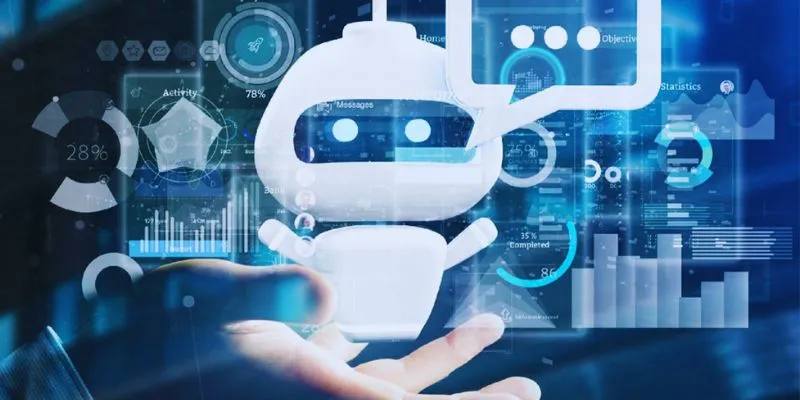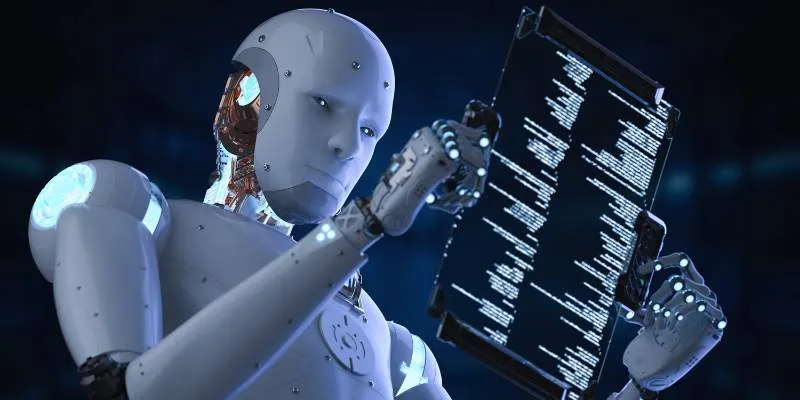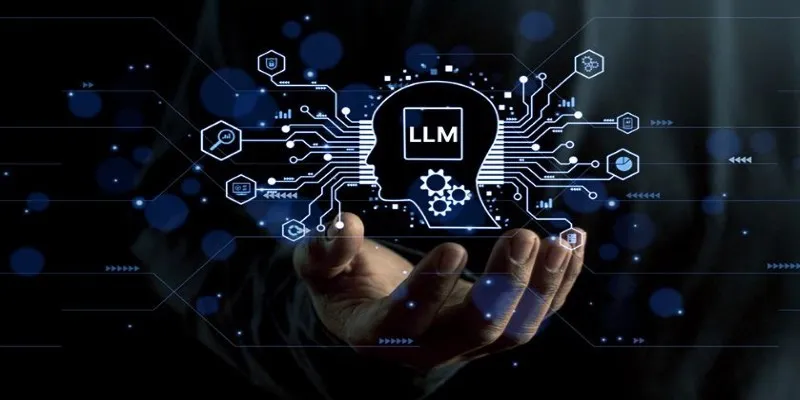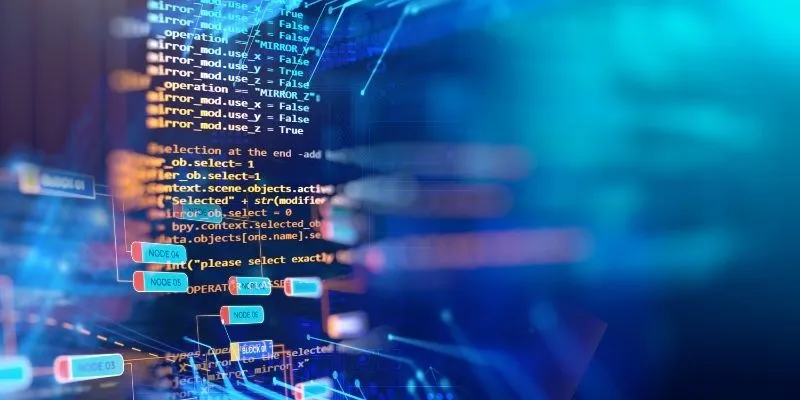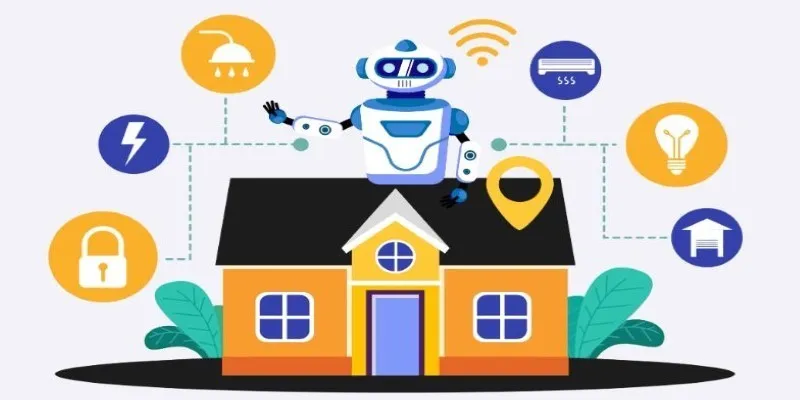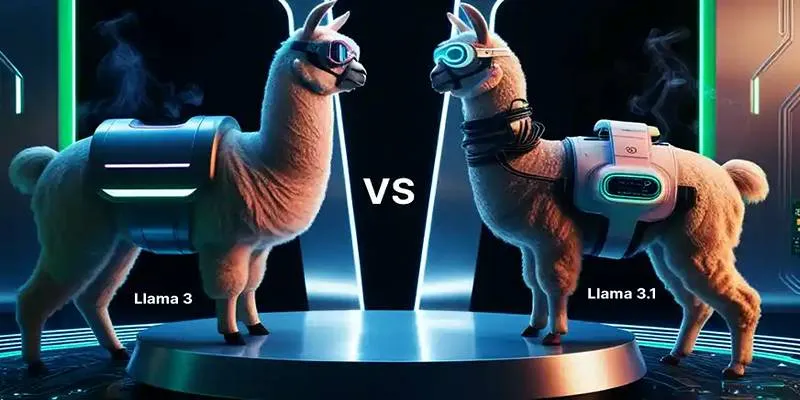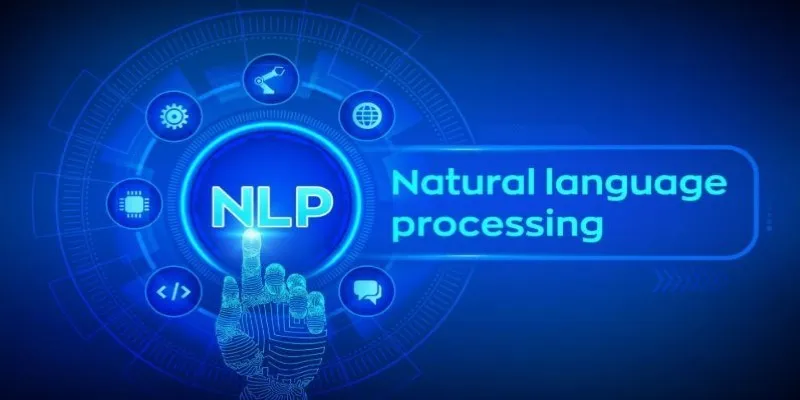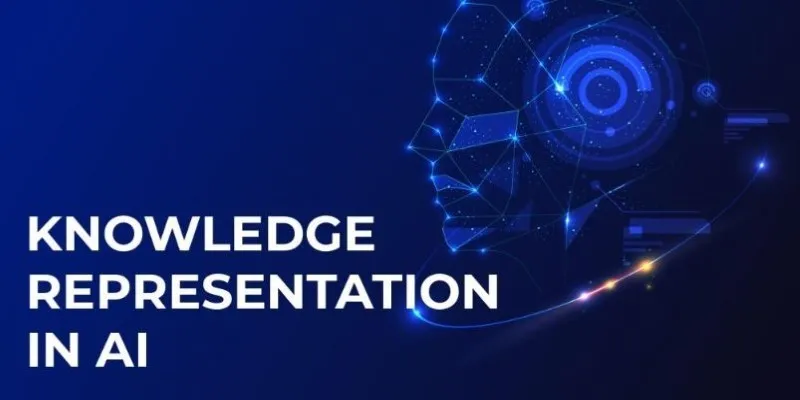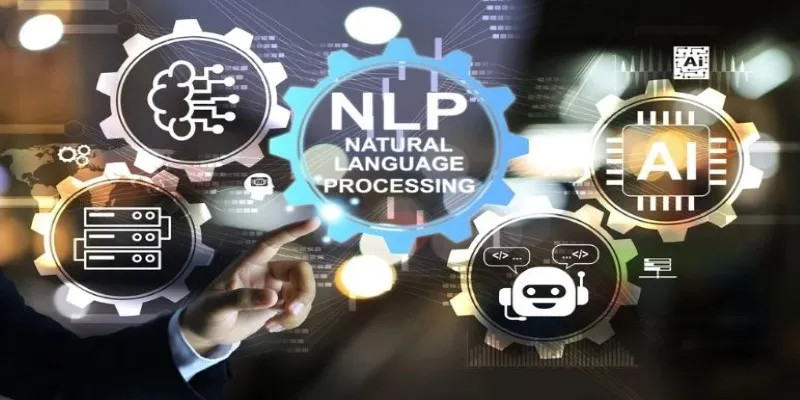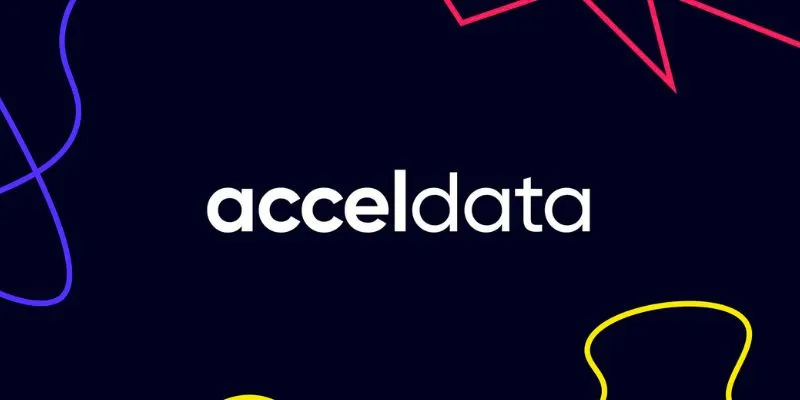Artificial intelligence (AI) is evolving rapidly, and with it, the demand for faster, smarter hardware is accelerating. Achieving efficiency, accuracy, and scalability in AI applications requires selecting the right hardware platform. Each of the processors—GPUs, TPUs, and NPUs—targets different workloads and offers unique benefits. Developers, scientists, and engineers must understand these options to optimize their models effectively. Variations in design, power consumption, and performance influence which chip best serves a given task.
From healthcare to autonomous vehicles, AI-driven businesses rely on powerful processors. It is essential to compare GPU, TPU, and NPU technologies to determine the best fit for your needs. This guide analyzes each processor’s operations and highlights their strengths. Discover how to select the best artificial intelligence gear for your specific requirements. Each platform offers distinct advantages for machine learning and deep learning projects.
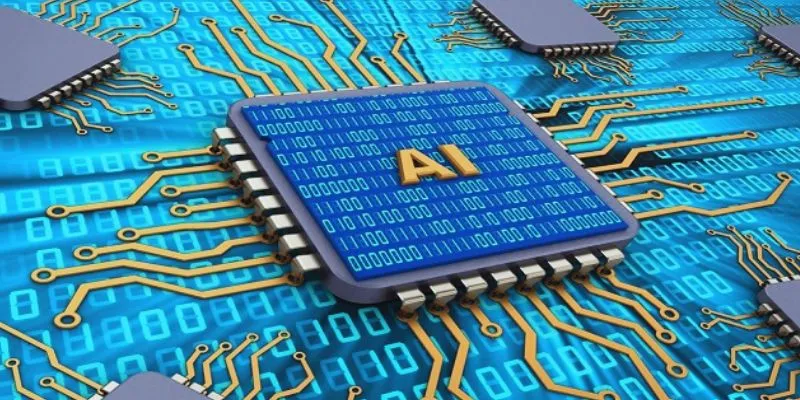
GPUs: Graphics Power for Machine Learning
Originally designed for rendering graphics and video, GPU architecture has become ideal for parallel computing. GPUs are highly beneficial in AI and machine learning applications as they excel at handling multiple processes simultaneously. Neural networks require massive data calculations, which GPUs can manage effectively and swiftly. NVIDIA dominates the GPU market with its CUDA environment, allowing developers to build applications that fully utilize GPU capabilities.
GPUs are abundant and versatile, supporting several machine learning libraries, including TensorFlow and PyTorch. Training deep learning models on GPUs has become standard practice in many industries. Although fast, GPUs consume significant energy and can be costly in some scenarios. GPUs offer an excellent balance of performance and compatibility for model training, but they might not be the best choice for deployment on edge devices. AI workloads that require flexibility often start with GPUs before transitioning to CPUs or other accelerators.
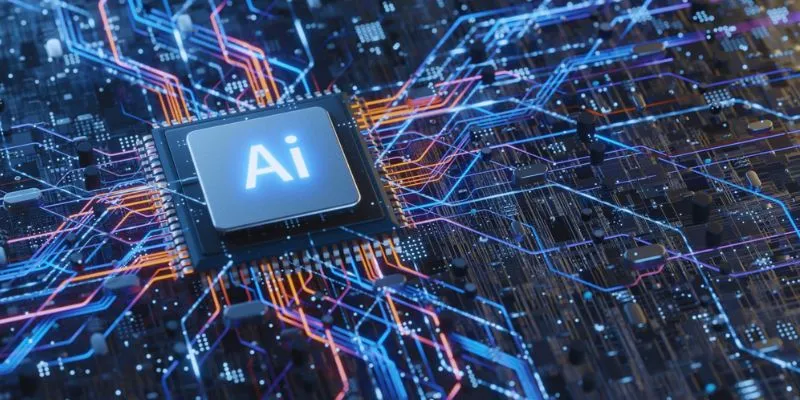
TPUs: Custom Chips for Tensor Operations
Google developed custom chips known as TPUs (Tensor Processing Units) to accelerate machine learning tasks. TPUs are designed to perform matrix multiplications rapidly, a common operation in deep learning. While TPUs are optimized for fewer functions than GPUs, they can outperform GPUs in specific situations. Google provides TPUs on its cloud-based platform, enabling developers to train large models without investing in expensive infrastructure. TPUs integrate seamlessly with Google’s TensorFlow system.
Using less electricity, TPUs deliver higher throughput, making them a popular choice for large projects such as recommendation systems, language translation, and image recognition. Although TPUs lack the variety of tools available on GPUs, they demonstrate exceptional speed and efficiency in the right contexts. Running models on TPUs can significantly reduce training times, especially in cloud-based environments. TPU performance is characterized by speed, efficiency, and scalability.
NPUs: Powering AI at the Edge
Neural Processing Units (NPUs) are specialized processors designed for real- time AI operations, commonly found in IoT devices and smartphones. They focus on power efficiency and support applications such as smart cameras, facial recognition, and voice assistants. NPUs enable devices to run AI without relying on the cloud, optimizing low-latency processing, making them ideal for edge computing. Built-in NPUs are now standard in many mobile CPUs, including those from Apple, Huawei, and Qualcomm.
NPUs operate with less heat and consume less energy overall, playing a crucial role in the integration of AI into everyday devices. Developers leverage NPUs to implement fast-running offline models. Although not as powerful as GPUs or TPUs, NPUs offer unique advantages, such as real-time inference without network dependency, providing immediate responses for users. NPUs are transforming consumer interactions with AI by offering real-time efficiency, responsiveness, and personalization.
Comparing Performance and Use Cases
The task requirements determine the role each AI chip plays. GPUs are best for training multiple models, TPUs excel in targeted tasks with exceptional speed, and NPUs are ideal for real-time processing at the edge. GPU systems are often more flexible, supporting various tools and frameworks. TPUs accelerate training when using TensorFlow, while NPUs empower AI in wearables and smartphones.
Factors such as data volume, model complexity, and deployment location influence performance. While GPUs handle more data, they consume more electricity. TPUs perform exceptionally well under demanding large matrix loads. NPUs complete smaller tasks quickly and efficiently. AI engineers should assess their specific requirements before selecting a processor. TPUs support cloud computing, GPUs are commonly used on local servers, and NPUs power smart devices. Cost is another consideration, as TPUs and NPUs offer savings in power and efficiency. Selecting the appropriate AI hardware ensures faster speed, accuracy, and scalability for your application.
Choosing the Right AI Accelerator
Your project goals and environment will dictate the best AI hardware choice. GPUs provide reliable power and flexibility for model training. TPUs excel in TensorFlow-based large models with intensive matrix operations. NPUs are perfect for on-device AI with real-time requirements. Cloud-based models may require TPU efficiency, while local servers benefit from GPU versatility. NPU energy savings power mobile and IoT devices. Development tools also influence your decision, with CUDA supporting GPUs, TensorFlow Lite for NPUs, and TPU usage being more restricted outside Google’s ecosystem.
Consider factors like model size, power constraints, and update frequency. Real-time requirements often point to NPUs, while tasks involving heavy training demand GPUs or TPUs. Many teams use a combination of these chips, training with GPUs or TPUs and deploying with NPUs. Your hardware choice will impact performance, cost, and scalability. Aligning your AI objectives with the right processor reduces delays and maximizes output. Smart AI solutions are built on sound hardware decisions.
Conclusion
AI systems require more intelligent and efficient hardware. GPUs, TPUs, and NPUs each offer unique advantages for different applications. Whether training complex models, making rapid inferences, or operating on edge devices, selecting the right accelerator is crucial. GPUs are versatile and powerful, TPUs excel in performance-oriented cloud projects, and NPUs deliver AI to consumers through efficient edge processing. Each hardware type plays a vital role in advancing AI. Choosing the right AI accelerators enhances efficiency and performance, shaping the long-term success of your AI project.
 zfn9
zfn9

